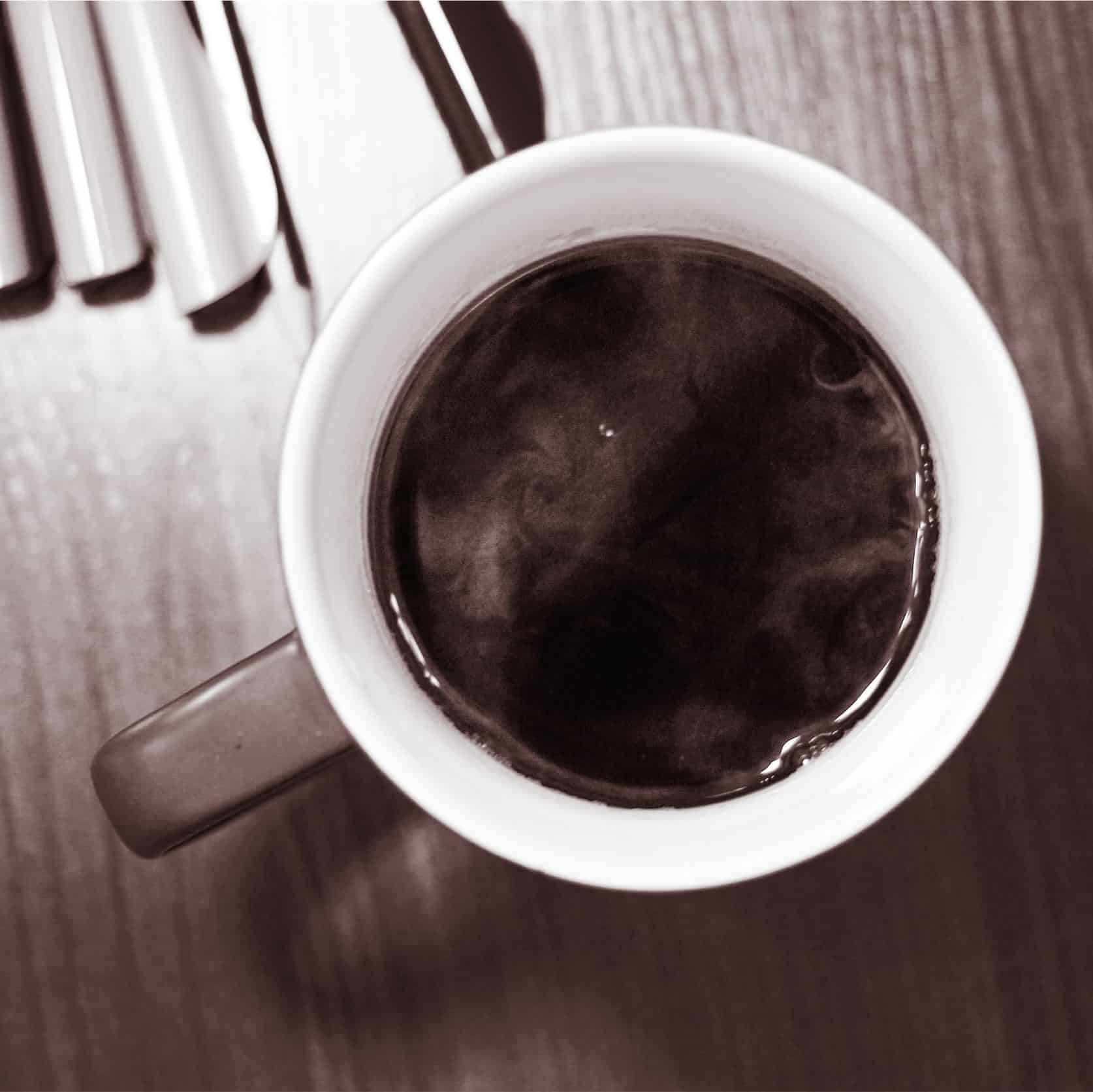As spring ushers in warmer temperatures, the cold brew coffee season is quickly approaching. At Driftaway Coffee, we’re eagerly anticipating warmer days when we can enjoy cold brew’s natural sweetness (and higher caffeine content). In anticipation of the coming season, here’s a look at how cold brew coffee is unique.
Cold Brew Takes Much Longer To Make Than Hot Coffee
The defining characteristic of cold-brewed coffee is the temperature of the water used in the brewing process. Unlike hot-brewed coffee or even iced coffee, which brewed with hot water and cooled with ice, cold-brews are made using room-temperature water. The grounds may be fully immersed in the water, or a slow drip may be set up. Either way, the water used is well below the 200°F, the typical temperature used to make hot-brewed or iced coffee.
Because water temperature affects the extraction rate, cold-brews take much longer than hot-brewed and iced coffee. A cold brew system may take anywhere from three to 24 hours.
Cold Brew Usually Has More Caffeine
In general, cold-brewed coffee is more caffeinated than hot-brewed coffee. The difference is especially noticeable when you use a full-immersion brew method to make toddy, which is why toddy is typically cut with either water or milk. Even a cold brew made with a drip method, though, can have more caffeine than a hot-brewed coffee.
Complementing Cold Brew’s Sweetness with Milk
Cold-brews are prized for their natural sweetness, which is produced by the cold water’s lower extraction rate. Even though a cold brew may sit for hours, the water will never extract all of the coffee’s solubles. While some of the unextracted solubles will be aromatic and flavorful, others are bitter and undesirable. Thus, cold-brewed coffee tends to be slightly flatter than other brew methods, but it is also much sweeter.
This natural sweetness makes cold-brews perfect for adding cream to. Although you might not think of milk as being sweet, it is full of sugars (e.g. lactose). These sugars are easy to identify when milk is steamed to about 130°F, but they also complement cold-brews’ sweetness nicely.
Use Those Older Beans to Make Cold Brew
Because some solubles remain unextracted, freshness isn’t as important with cold brewing as it is when using hot water to brew coffee. You can still make a sweet, caffeinated cold brew with coffee that’s more than two weeks old. Since the brewing method wouldn’t extract all of the aromatic solubles anyways, it doesn’t matter that they have dissipated as the coffee aged.
As the weather warms up, experiment with cold-brewed coffee. It’s a different take on coffee than hot-brewed and iced coffee, but we love its sweetness and caffeine. If you have any older coffee lying around, try using that first to see if you like this brew method. You may just come to love cold brew coffee and want to make all your coffee this way.
Our Bold and Classic profiles make a delicious cold brew. If you haven’t tried it yet, wait for a warm day (or don’t) and give it a shot! Here’s a recipe to get you started. And here’s a recipe to make New Orleans-style Cold Brew (with chicory)!
Read more about the history of cold brew, the different types of cold brew available and how cold brew is made around the world.

